The new series of Hong Kong HK$1,000 and HK$500 bank notes were unveiled on July 20, featuring new security features and will be in circulation from September onwards.
There will be a total of 5 denominations, with the existing colour scheme to be maintained, the HK$100, HK$50 and HK$20 will be made available around the middle of 2011.
The main justification for the revamp is based on its security qualities, including a fluorescent see-through pattern, which would be visible under ultraviolet light and a color-changing windowed metallic thread. Also there will be a vertical serial number that is fluorescent red under ultraviolet light.
Although the counterfeiting rate for Hong Kong has been on the decline, according to Monetary Authority Chief Executive Norman Chan, there have been preventative measures built into the new bank notes with enhanced watermarks and concealed denominations.
“We should not be complacent and must ensure that we are staying ahead of counterfeiters. There is a need to revamp the design of our banknotes and introduce latest available security features to minimise the risk of being counterfeited,” he added.
The Hong Kong Monetary Authority (HKMA) is aiming to bring out 100 million of the HK$500 notes and 70 million of the HK$1,000 notes.
Currently around 120 million HK$500 notes and 110 million HK$1,000 bills are presently in circulation however they will be eventually withdrawn as they become weathered, authority executive director Edmond Lau Ying-bun said.
There will be a widespread campaign to ensure public awareness, with seminars to be held at banks, retailers and money changers. The Braille and tactile lines are a new addition and will benefit the visually impaired community.
According to the Hong Kong Tourism Board, in 2009 there were more than 29 million visitor arrivals, with mainland China accounting for 60.7 percent. Hong Kong does not share its currency with the Mainland.
There will be a total of 5 denominations, with the existing colour scheme to be maintained, the HK$100, HK$50 and HK$20 will be made available around the middle of 2011.
The main justification for the revamp is based on its security qualities, including a fluorescent see-through pattern, which would be visible under ultraviolet light and a color-changing windowed metallic thread. Also there will be a vertical serial number that is fluorescent red under ultraviolet light.
Although the counterfeiting rate for Hong Kong has been on the decline, according to Monetary Authority Chief Executive Norman Chan, there have been preventative measures built into the new bank notes with enhanced watermarks and concealed denominations.
“We should not be complacent and must ensure that we are staying ahead of counterfeiters. There is a need to revamp the design of our banknotes and introduce latest available security features to minimise the risk of being counterfeited,” he added.
The Hong Kong Monetary Authority (HKMA) is aiming to bring out 100 million of the HK$500 notes and 70 million of the HK$1,000 notes.
Currently around 120 million HK$500 notes and 110 million HK$1,000 bills are presently in circulation however they will be eventually withdrawn as they become weathered, authority executive director Edmond Lau Ying-bun said.
There will be a widespread campaign to ensure public awareness, with seminars to be held at banks, retailers and money changers. The Braille and tactile lines are a new addition and will benefit the visually impaired community.
According to the Hong Kong Tourism Board, in 2009 there were more than 29 million visitor arrivals, with mainland China accounting for 60.7 percent. Hong Kong does not share its currency with the Mainland.
As a highly populous and central location for business travellers as well as a transiting city for travellers, Hong Kong has been a free trading port since 1841, and has had its own currency since the early 1970s. The Hong Kong dollar has remained in the top 10 list of the world’s most traded currency and accounts for around 2 percent of the daily transactions in the Foreign Exchange market.
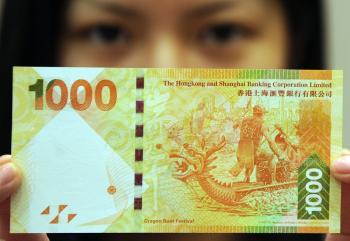
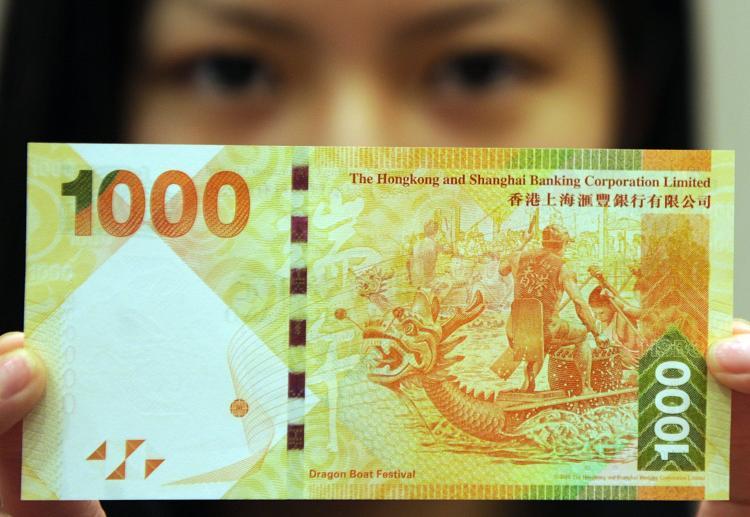
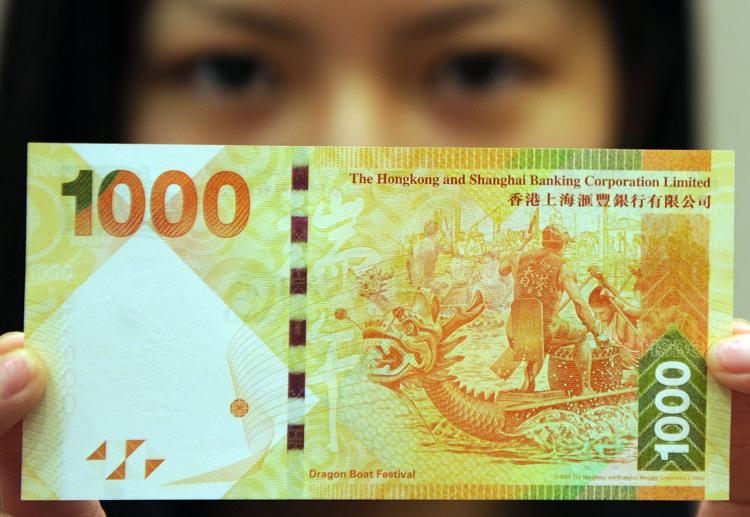

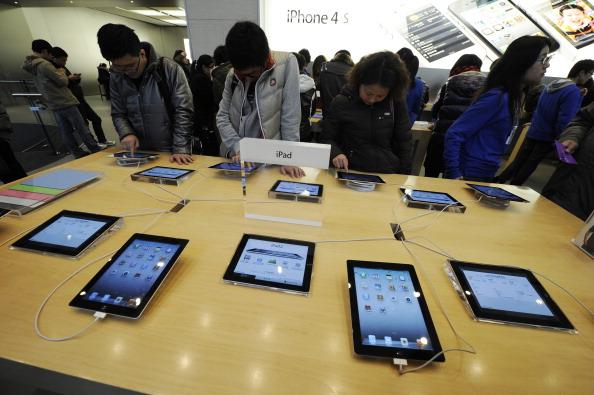
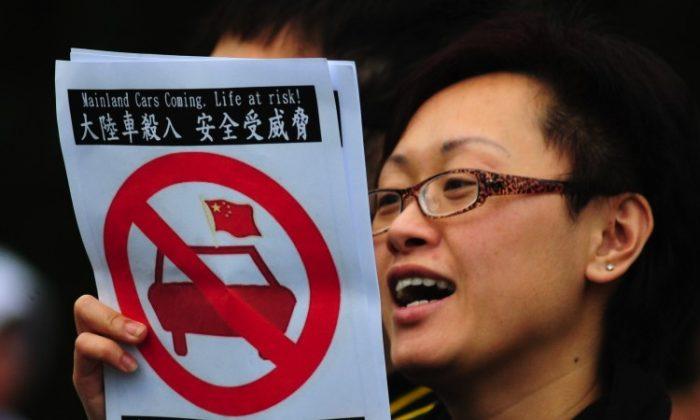
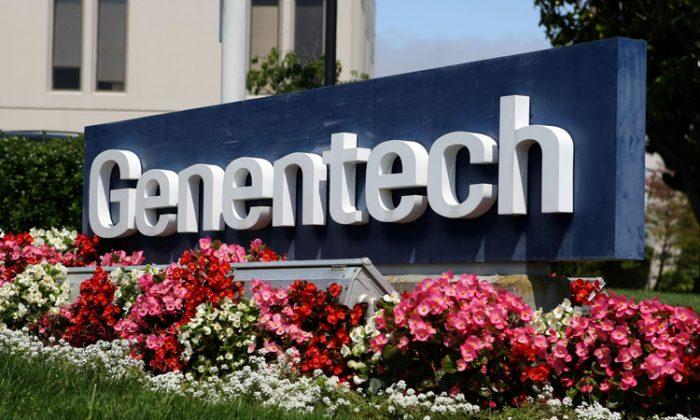
Friends Read Free